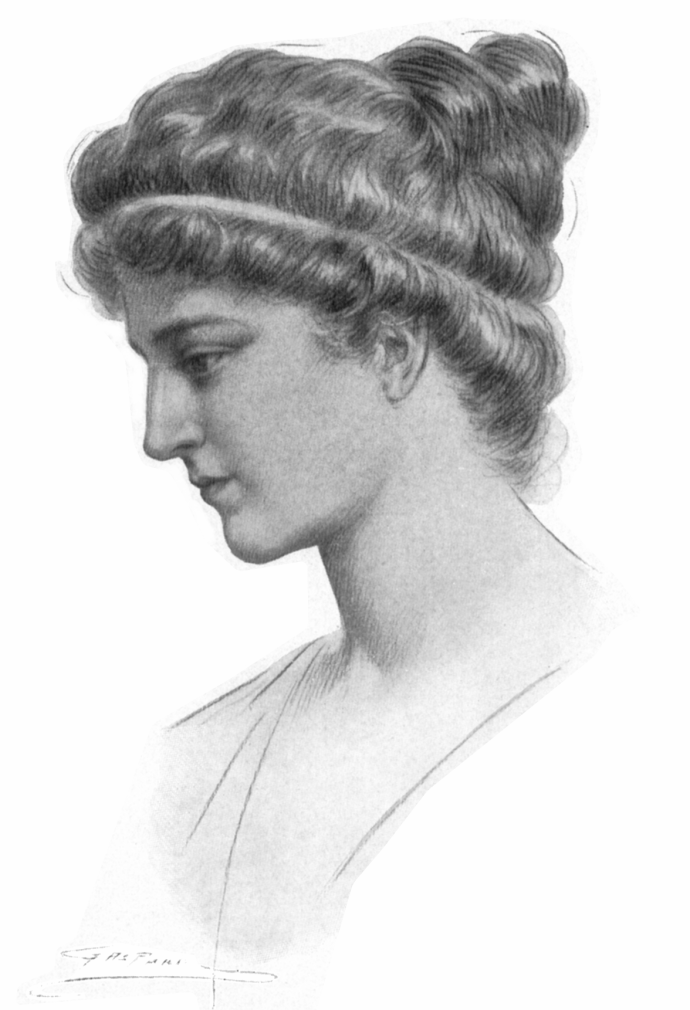Occupation
Astronomer, Mathematician, Philosopher
Year born
Sometime between 350 – 370 AD
Research interests
Geometry, Algebra

- Early Life
Hypatia was born to a Greek family in Alexandria, Egypt. Her father was a mathematician and educator. Very little is known about her mother.
- Career Highlights
Hypatia worked with her father to keep maths and astronomy knowledge up to date and safe during a period of religious conflict. At this time, property and buildings (including books and libraries) were at risk of damage or destruction.
Hypatia was known as one of the world’s leading thinkers. She built a tool called an astrolabe to measure the positions of stars and planets. She also built tools to help her look underwater, and to measure the density of liquids. Hypatia gave lectures to students from all across the region and became very popular. She wrote books on algebra and maths. She also edited Book III of Almagest by Ptolemy. Some historians think she added a better method for long division to the book.
Hypatia did not act like other women of the time. She chose to wear the same clothes that her male peers wore. She also drove her own chariot! Hypatia was a pagan, but her students were Christian. The local Christian Church did not mind Hypatia’s school and valued her ideas and advice.
However, after 412 AD a power struggle broke out in the Church. Two men both wanted to be the new Bishop and the conflict grew violent. One of the men did not approve of Hypatia and spread rumours that she was a witch who worshipped Satan. In 415 AD, a mob of Christians murdered Hypatia.
- Legacy
Hypatia is the first female astronomer whose work was recorded as part of history. Her murder shocked the Roman Empire.
